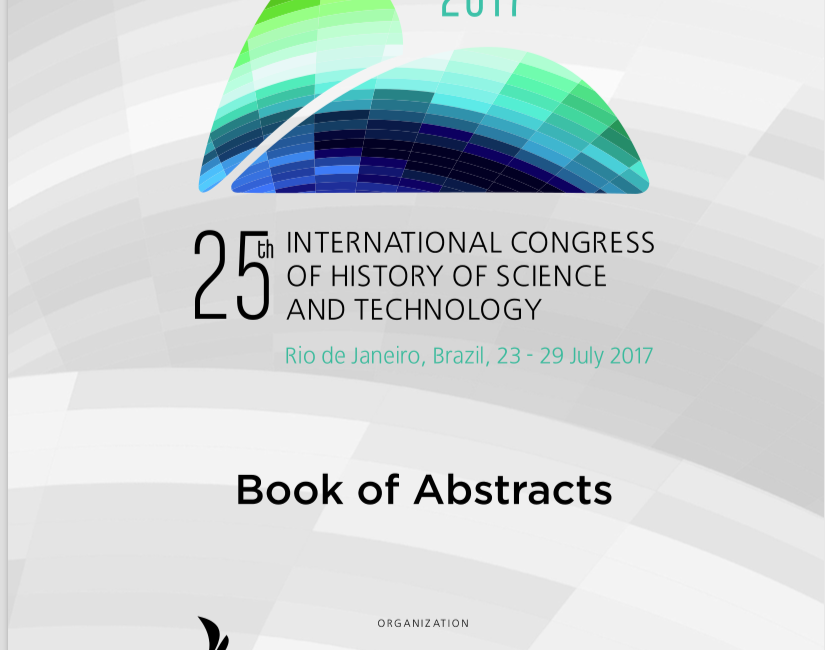- Авторы:Chesnov Vasily, Shirokova Vera A.
- Сборник:25th International Congress of History of Science and Technology
- Тезисы
- Год издания:2017
- Место издания:Rio de Janeiro, Brazil
- Первая страница:24
- Последняя страница:24
- Аннотация:Remote sensing from space is the study and observation of the planet’s surface with the help of space vehicles. The results are used to study natural resources, meteorological and other purposes. Under the «other purposes» usually refers to aspects of military applications. It is this area of application of space assets played a crucial role in the development of space remote sensing. The era of studying the Earth by space remote sensing began with the 4 October 1957 launch the first Soviet artificial satellite of the Earth. Its radio transmitter demonstrated the possibility of electromagnetic probing of atmosphere and ionosphere of the earth. By the mid-1950s, it became apparent that it is possible to create an artificial satellite for photographing the surface. In February 1958, the United States was adopted the program «Corona».In August 1960 it was delivered to Earth the first film. The first Soviet remote sensing spacecraft was also equipped with photographic facilities. Military Department initiated the creation of the first space systems of Earth remote sensing in the USSR, and in the United States. Political motives and the space race between USSR and USA contributed to the intensive development of remote research: who will do the first pictures back of the moon, the surface of Venus, the Martian «canals». Each of these achievements had contributed to strengthening the political image of the system. However, it is possible to talk about the widespread deployment of sensing of the Earth from space only since the mid-1960s. That fact is explained by several factors. First at that time intensified the launches of spacecraft into Earth orbit were intensified. Second, in these same years there has been rapid progress of radio engineering, microelectronics, and other technologies. Remote sensing from spacecraft beginning to take shape in independent scientific and technical direction in the short term. Further successful development of remote sensing is associated, primarily, with its advantages over other methods of study of the Earth. 1. Obtaining quantitative information about objects or areas of objects, where contact measurements are not feasible or difficult. 2. The coverage measurement of large areas without a network of local devices, communications, etc. 3. The possibility of obtaining data averaged over the line, area or volume.
- Полный текст тезисов
The history of the formation of the space remote sensing: internal and external military-political motives

